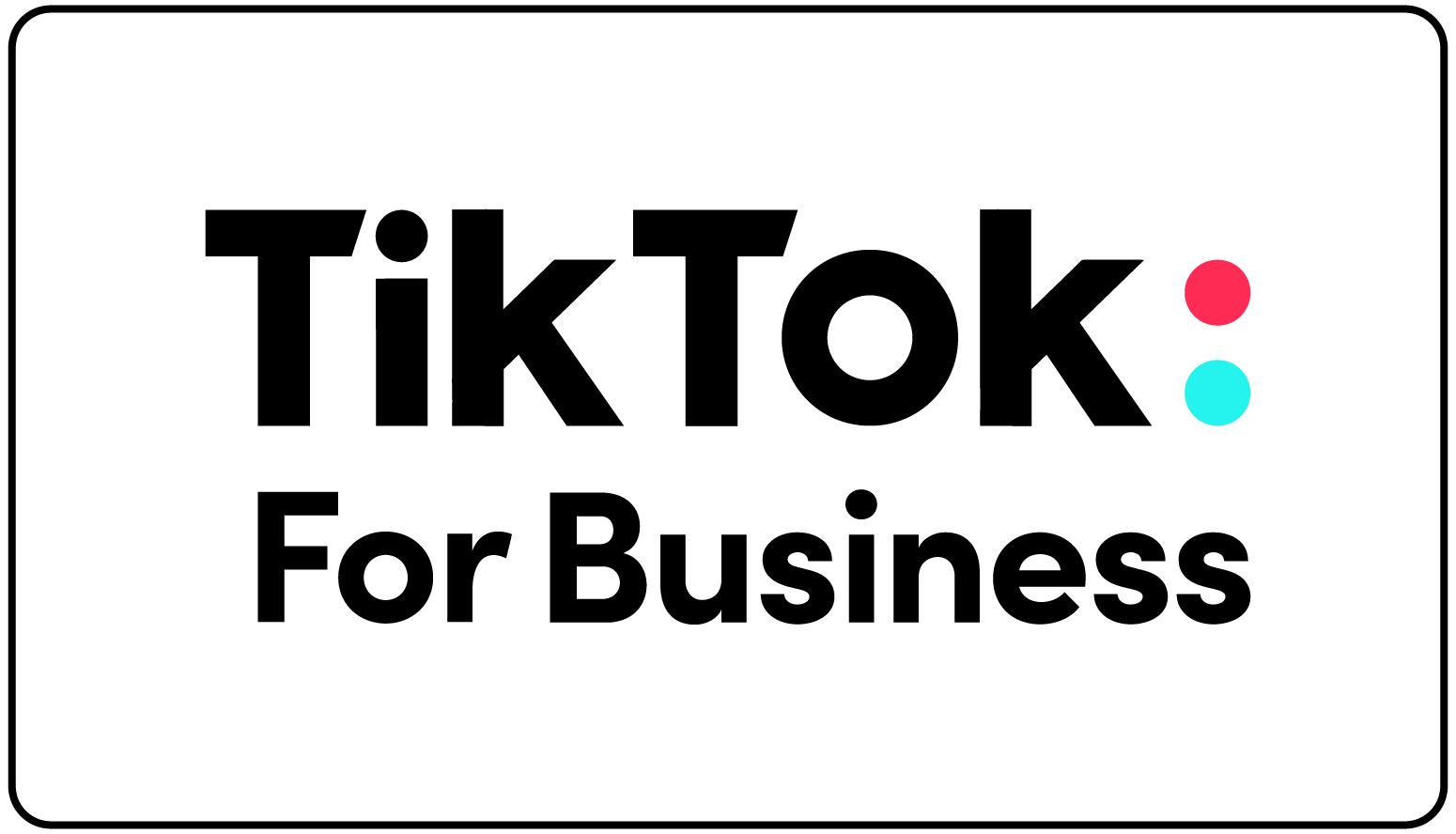Physician liaisons are an integral part of healthcare marketing. They are the boots on the ground, connecting with referring providers and representing your hospital or health system in the community. As such, it’s crucial that they are set up for success and not hindered by avoidable mistakes.
Common Pitfalls to Avoid
- Inadequate Training: Sometimes, due to time or budget constraints, organizations may skimp on training for physician liaisons. This can lead to a lack of understanding of the healthcare landscape, referral patterns, and how to effectively communicate with providers. As a result, the liaisons may come across as pushy or salesy, which can reflect poorly on your organization.
Solution: Invest in comprehensive training that covers healthcare dynamics, referral processes, and soft skills like communication and relationship building. Role-play different scenarios and provide ongoing coaching to ensure your liaisons are well-prepared and confident. - Lack of Clear Goals and Metrics: Without clear objectives and key performance indicators (KPIs), it’s difficult to measure the success of your physician liaison program. Vague goals like “increase referrals” are not enough.
Solution: Set specific and measurable goals, such as “increase referrals from primary care providers in the community by 10% in the next fiscal year.” Define the KPIs that will indicate progress toward these goals, such as the number of face-to-face meetings, educational events hosted, or marketing collateral distributed. - Ineffective Marketing Materials: The purpose of physician liaisons is to build relationships, but they also need to be equipped with marketing materials that showcase your organization’s services and expertise.
Solution: Provide your liaisons with a variety of marketing collateral, such as brochures, case studies, and white papers, that they can leave with referring providers. Ensure these materials are professional, engaging, and highlight the benefits of referring patients to your organization. - Poor Coordination with Internal Teams: Physician liaisons don’t work in a vacuum. They need to be well-coordinated with your marketing, admissions, and provider relations teams.
Solution: Foster an environment of collaboration by holding regular meetings between physician liaisons and other departments. Ensure everyone is on the same page regarding goals, messaging, and provider feedback. - Failing to Adapt to the Digital Age: While face-to-face interactions are crucial, the pandemic has accelerated the need for digital alternatives.
Solution: Embrace digital tools and strategies to support your physician liaison efforts. This could include virtual meetings, online webinars, and a strong digital presence through social media and online provider directories.
Final Thoughts
By avoiding these common pitfalls, you can ensure your physician liaison marketing efforts are effective and successful. Remember, it’s all about building strong relationships and showcasing your organization’s value to the community. With the right training, tools, and coordination, your physician liaisons can be powerful ambassadors for your hospital or health system.
Note: This article provides general guidance and should be tailored to your specific organization’s needs and strategies.




